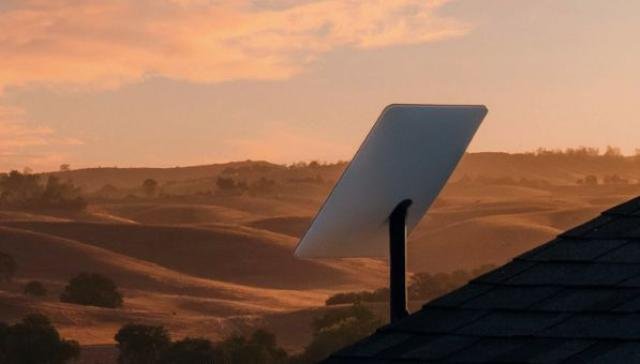The Federal Communications Commission (FCC) on Monday voted to open a formal review of the longstanding spectrum sharing regime that governs satellite systems, a move heavily sought by SpaceX.

This review marks a significant step by the U.S. telecom regulator to enable more intensive and efficient use of spectrum for modern space activities. The existing power restrictions, put in place in the 1990s, are widely seen as outdated and have been limiting the performance of satellite systems such as SpaceX’s Starlink, among others. These restrictions prevent the kind of robust coverage and service quality that newer satellite technologies are capable of delivering.
FCC Chair Brendan Carr emphasized that the current power limits hamper the potential of satellite broadband by degrading signal quality, limiting the coverage area, restricting capacity, and complicating the process of spectrum sharing between different satellite systems.
Brendan Carr argued that revisiting these restrictions is essential to foster innovation and expand connectivity services, especially in underserved areas. Amazon, which is working on its competing Project Kuiper satellite internet network, also expressed support for changes to the rules but cautioned that the FCC must carefully consider safeguards to protect satellite operations, particularly with regard to neighboring countries’ satellite services, Reuters news report said.
SpaceX, led by CEO Elon Musk, filed a petition in August 2024 seeking these rule changes, arguing that the old regulations have created an artificial scarcity of spectrum availability for Americans. SpaceX claims that by modernizing these rules, the FCC can help unlock the full potential of satellite broadband technologies. Musk, who also oversees Tesla, SpaceX, and the social media platform X, has a vested interest in reducing regulatory barriers to expand Starlink’s reach and capabilities.
Meanwhile, terrestrial wireless providers, represented by the industry group CTIA — which includes major players like AT&T, Verizon, and T-Mobile — warned that any regulatory updates must ensure that satellite services do not interfere with terrestrial network investments, particularly 5G services. CTIA pointed out that wireless providers have invested billions to acquire access to spectrum rights and expressed concern that satellite operations using higher power levels could undermine those investments.
The FCC is seeking public comment on how satellite technology has evolved since the establishment of the original equivalent power flux density limits and whether alternative frameworks could improve spectrum efficiency. This is part of a broader effort to reassess how best to manage spectrum use in an era when space-based services have become increasingly vital for connectivity and emergency communications.
In a related development, the FCC in March allowed Starlink to partner with T-Mobile to operate a direct-to-cell service at higher power levels, despite objections from rivals like AT&T and Verizon. These carriers raised concerns about potential harmful interference, arguing that it could disrupt their services in certain regions.
However, T-Mobile pointed out that vast portions of the United States —approximately 500,000 square miles — are currently unreachable by traditional tower-based infrastructure due to terrain, land-use restrictions, and other challenges. The partnership with Starlink aims to bridge that gap by providing direct satellite connectivity to cell phones.
Today’s adoption of the Notice of Proposed Rulemaking formally launches the FCC’s proceeding to modernize spectrum regulations. The FCC highlighted that today’s satellite systems deliver high-speed, low-latency broadband across the United States and are crucial for bridging the digital divide by enabling communications in rural areas and during emergencies.
The agency acknowledged that while satellites have made tremendous strides, outdated regulatory frameworks are holding them back from reaching their full potential. In this new proceeding, the FCC plans to update the technical rules for critical satellite frequencies — specifically the Ku- and Ka-bands — to reflect the capabilities and needs of modern low-Earth orbit satellite broadband constellations.
Baburajan Kizhakedath
